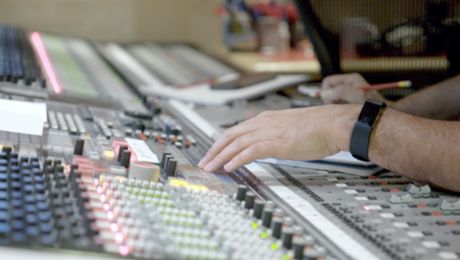“For lack of a better name, we call it the engine room,” says Chris Gilman dryly, although the scene he’s describing would probably be likened to a treasure chest by most other Porsche enthusiasts.
However, as the Manager for Porsche Academy Aftersales Training, this unusual place is Gilman’s library, containing the curriculum for the classroom workshops next door. Located on the lower levels of the Porsche Experience Center Atlanta, it is one of three destinations where Porsche technicians are trained in the U.S.
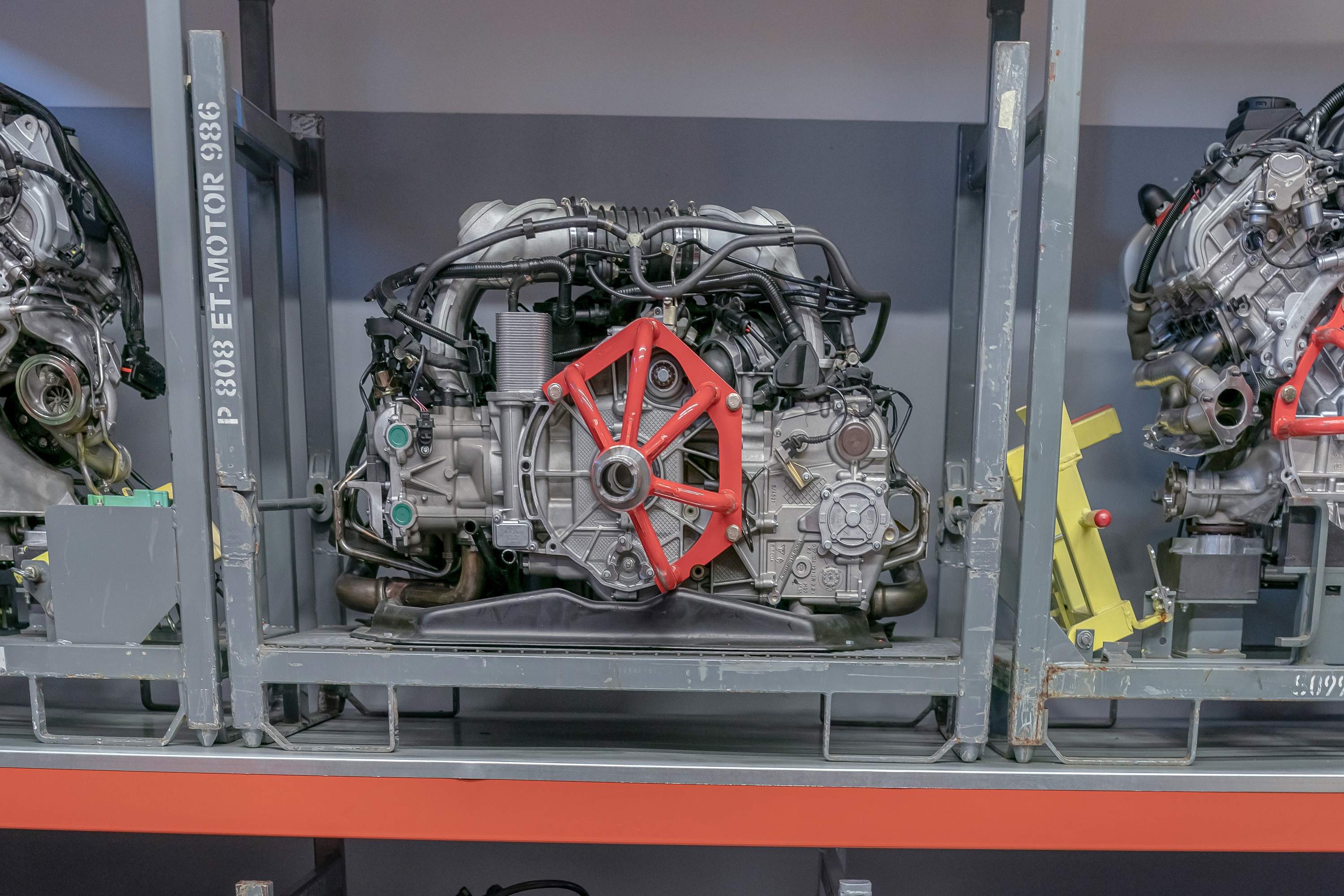
“We have 38 engines at the moment,” says Gilman. “They all come straight from the production line in Germany, and they might as well have been in a car, but they never will be.” Instead, he explains, they are used for instruction purposes on all levels – from the Porsche Technology Apprenticeship Program, which graduates new technicians, to the top tier Master Technician classes. In some courses, engines are displayed to show parts that are hard to access when inside the car. In others, they are disassembled and reassembled, such as the different Engine Repair Classes where everything is taken apart down to the crankshaft only to be built back up.
It all started with just four engines in the mid-1980s. “Ever since Porsche Cars North America, Inc. (PCNA) was first formed in 1984 and we started building our first training centers in 1985, we’ve always had examples of the engines in our cars,” Gilman recalls. “We had a 928 and a 944 motor as well as a 911 Carrera and a 911 Turbo motor. Those four, at that time, were everything we made.”
Since then, things have progressed substantially, and nowadays, new engines are added along with technological advances. One of the later additions is the four-liter flat-six that howls to 9,000 rpm in a 911 GT3 RS. Not surprisingly, this naturally aspirated powerhouse with its 520 horsepower happens to be one of the favorites among the students.
Right now, the oldest engine in the Atlanta collection is from a 2001 911 Turbo. However, engines that go back much further are also owned by PCNA for training devoted specifically to Porsche Classic. To attend, technicians travel to Eastvale, CA, which is home to a second facility that of course holds the contemporary inventory but with additional classic examples. This includes, among others, a ‘69 911 two-liter flat-six with mechanical fuel injection and a three-liter inline four-cylinder from a 1992 Porsche 968. The third and final location is in Easton, PA, which houses a modern array of engines similar to those in Atlanta and Eastvale.
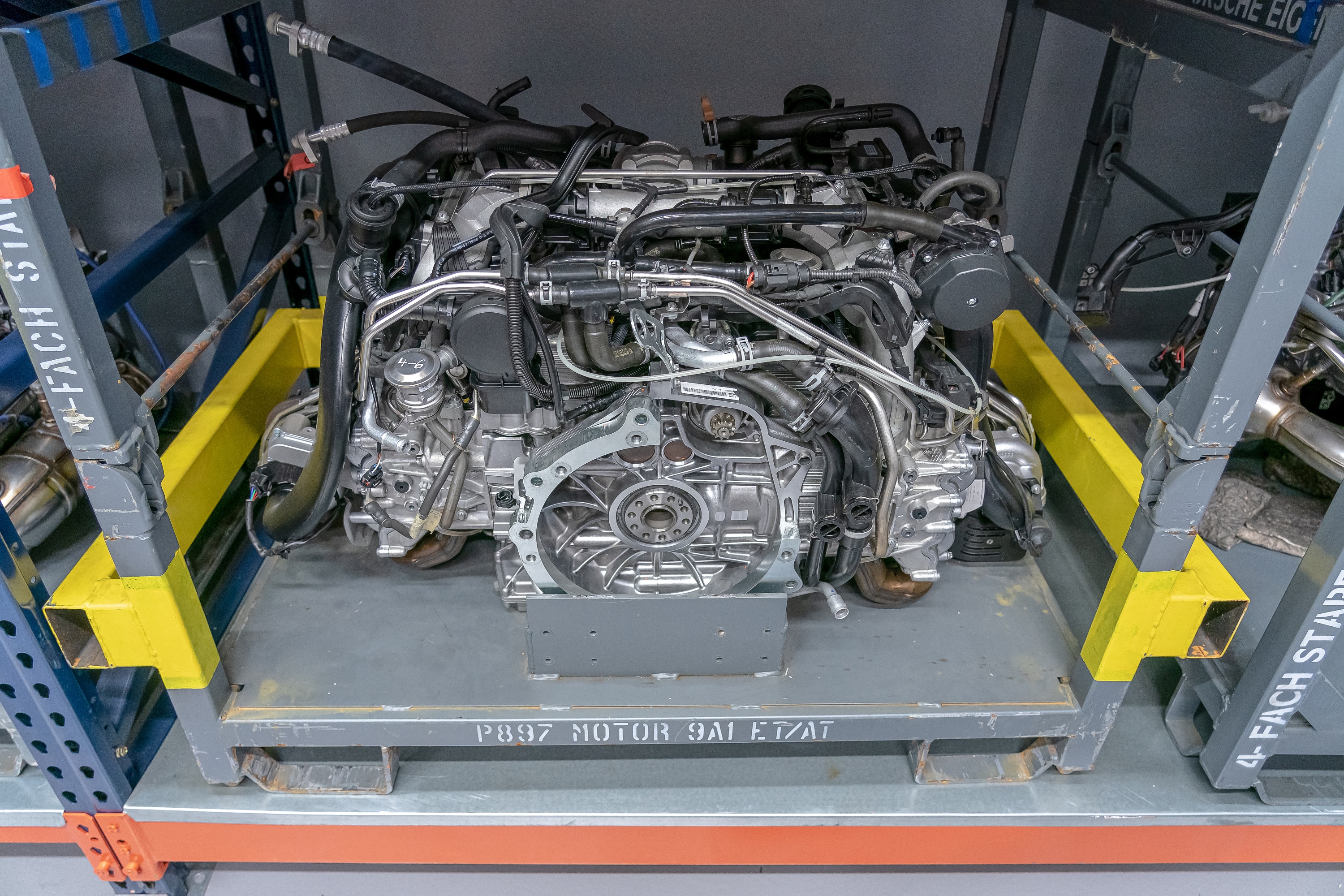
There are two pieces of machinery that are unique to Atlanta though. One is the 4.6-liter V8 from the Porsche 918 Spyder that produces 608 hp on its own and adds up to a colossal 887 hp combined with the electric motors in this plug-in hybrid super sports car. The other is the only V10 ever fitted to a Porsche road car, specifically the legendary Carrera GT. Both of these cars stand out to such a degree that they each have a separate class dedicated to them.
With four-, six-, eight- and 10-cylinder engines in differing configurations – some naturally aspirated, others turbocharged, and even a few aligned with hybrid systems – the collection serves as a timely reminder of the relentless curiosity of Porsche engineers and their enthusiasm for embracing new technology. For now, Chris Gilman is making space and looking forward to many more generations of Porsche engineering joining the engine room collection in the coming months and years as the company looks for new and ever more ambitious ways to deliver performance – typified by the new Taycan, the first electric sports car.
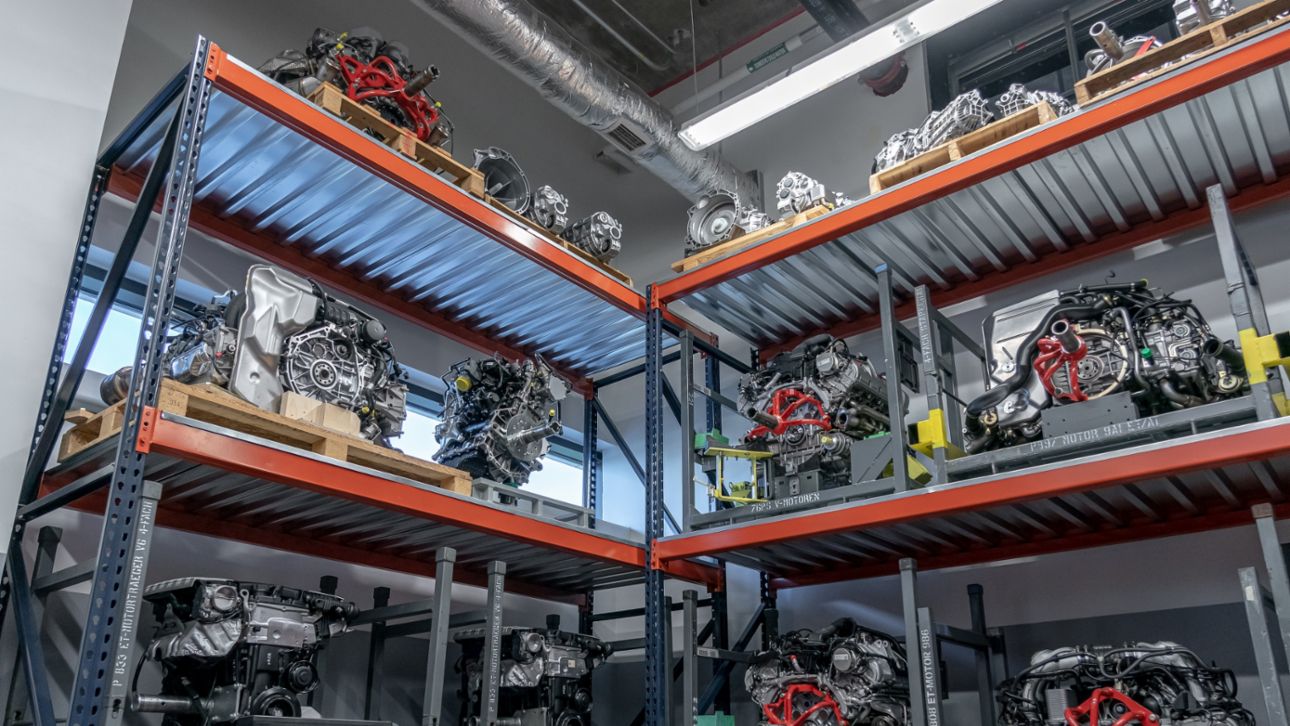
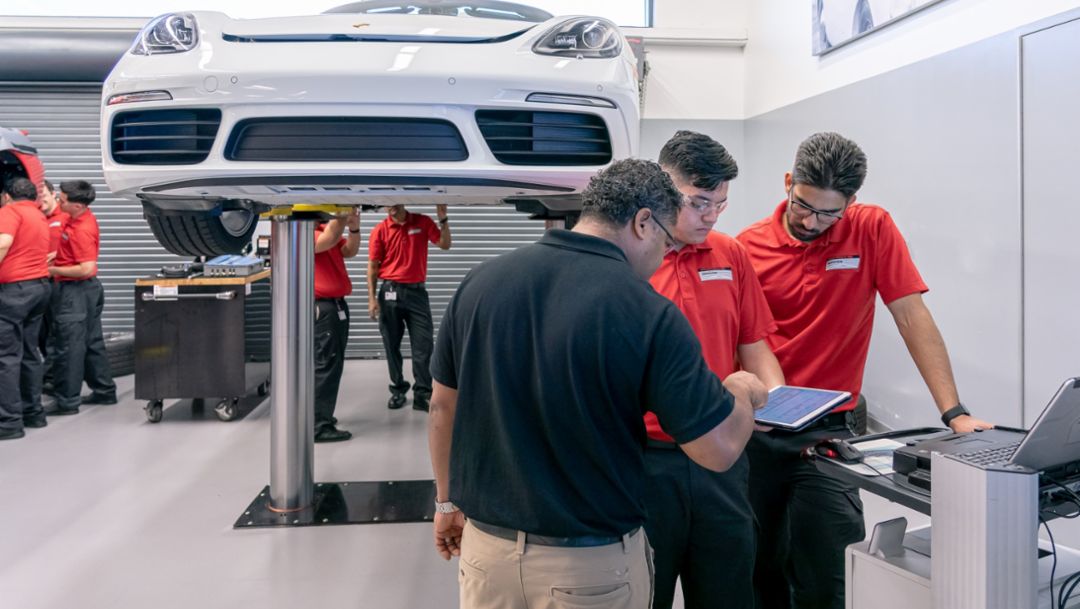


-Cabrio.jpg/jcr:content/Porsche%20Connect%20%E2%80%93%20My%20Porsche%20App%20(US)%20Cabrio.jpg)
.jpg/jcr:content/EP21Q2GOD0001_low%20(1).jpg)
